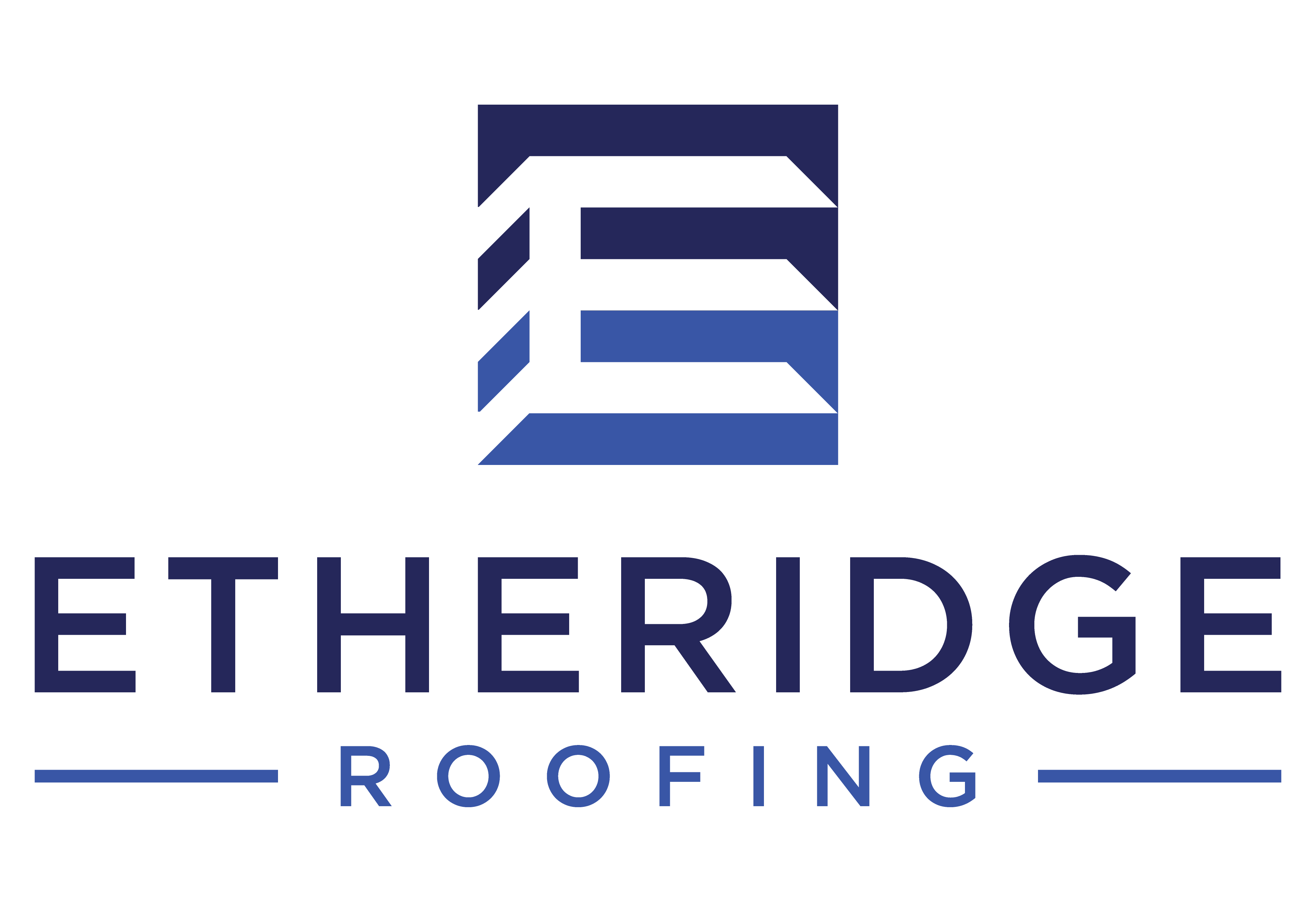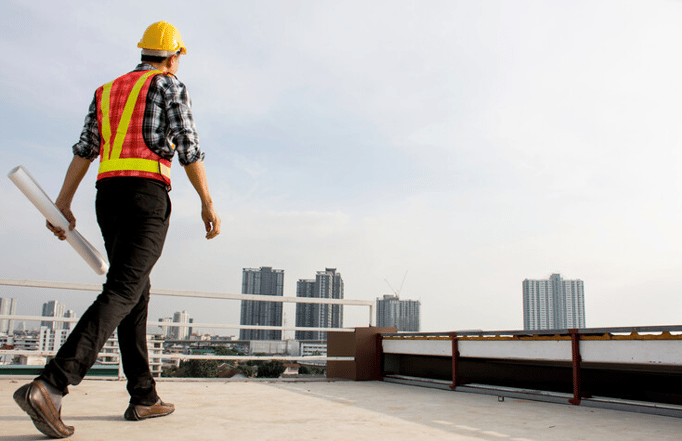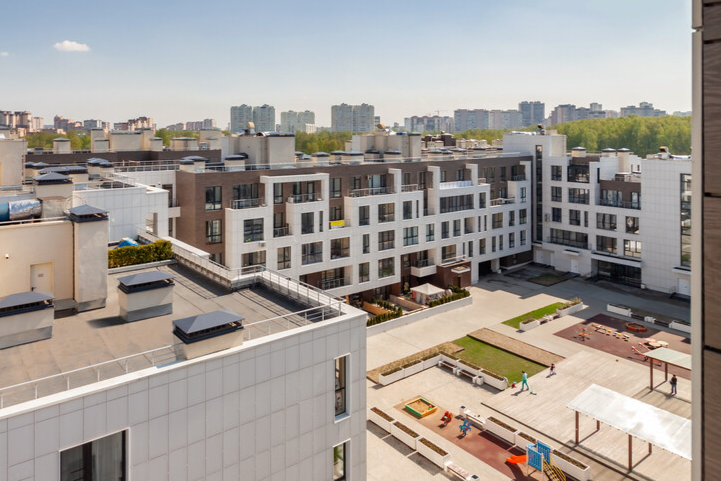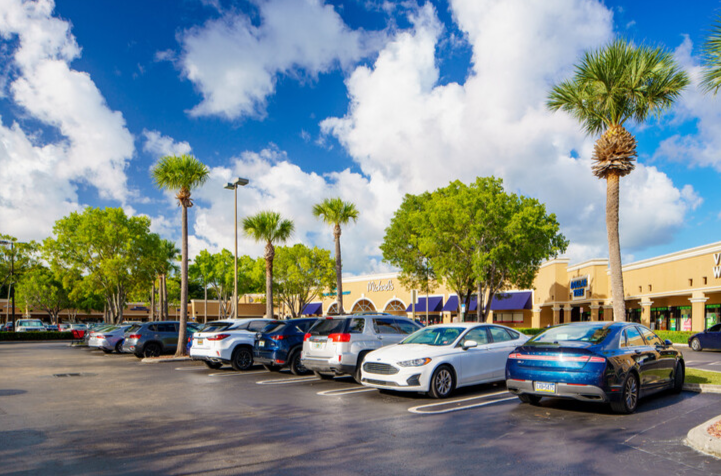5 Factors That Impact the Cost of Replacing Your Commercial Flat Roof
When it comes to commercial flat roofs, there are a few factors that can impact the cost of replacement. From the type of roofing material to the size of your roof, these factors can make a huge difference in the total cost of the replacement project. In this blog post, we will explore the five main factors that can impact the cost of replacing your commercial flat roof: roofing material, rooftop accessibility, the extent of damage, the size of your roof, and building code requirements.
1) The type of roofing material
When replacing a commercial flat roof, one of the main factors that can influence the cost is the type of roofing material used. There are three main types of single-ply membrane roofs that are used for commercial roofing: EPDM, TPO, and PVC.
- EPDM stands for Ethylene Propylene Diene Monomer, which is also known as a rubber roof. It is a cost-effective and versatile solution, with a proven track record of longevity. EPDM is relatively easy to install and can last up to 25 years when properly maintained.
- TPO stands for Thermoplastic Polyolefin. It is a single-ply membrane that is gaining popularity due to its excellent durability and energy efficiency. This type of roofing can last up to 30 years when properly installed and maintained.
- PVC stands for Polyvinyl Chloride. It is a popular choice for commercial flat roofs because of its resistance to extreme temperatures and animal fats, as well as long-term performance, and durability. PVC roofing systems can last up to 40 years when properly installed and maintained.
The cost of replacing your commercial flat roof will vary depending on the type of roofing material used. Generally, EPDM is the least expensive option, while PVC is the most expensive. When considering which type of roofing material to use for your commercial flat roof replacement, it's important to weigh the upfront cost against the expected lifespan and other factors.
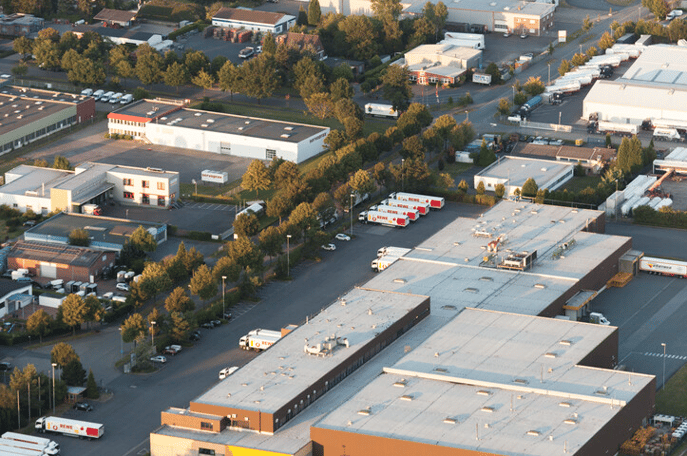
2) Rooftop accessibility
Accessibility to your commercial roof plays a major role in determining the cost of replacement. If the rooftop is difficult to access, it will increase labor costs as technicians will need to use additional tools and equipment to get to the job site. This includes ladders and scaffolding. In addition, safety concerns mean extra time is needed when working at heights. All of these factors are taken into account when estimating the cost of commercial roof replacement.
3) The extent of damage
If your roof is only suffering from minor wear and tear such as small cracks or minor leaks, you will be looking at a much lower cost than if you are dealing with more significant issues such as major water damage or structural damage. For minor damage, it is usually sufficient to repair the area rather than replace the entire roof. Although, putting off these repairs can cost thousands of dollars in the future. Once your roofing system has become saturated for an extended period of time you will most likely need to tear off your existing roofing system vs overlaying the existing system. In this case, working with a reputable roofer is important to ensure that all the necessary repairs are completed properly.
4) The size of your roof
The size of your commercial flat roof will significantly impact the cost of your replacement. Generally, larger roofs are more expensive to replace than smaller ones as they require more materials and labor to complete. A 2,500-square-foot roof would typically cost more to replace than a 500-square-foot roof. Also, take into account the number of levels or slopes your roof has as this can also increase the overall cost of the job. With this in mind, make sure you get an accurate estimate from your commercial roofing company before beginning any work.
5) Building code requirements
When replacing your commercial flat roof, building code requirements can impact the cost of the job. The International Building Code (IBC) or the North Carolina Building Code (NCBC) requires that if there are two existing roofing systems in place one or all of the existing roofs must be removed. IBC and NCBC also require that all commercial roofs must be able to withstand wind, rain, and other elements of the environment. In order to meet these requirements, roofers must use higher-quality materials and methods of installation.
In North Carolina, for example, roofers must meet specific requirements for the installation of the flashing, shingles, and other components of a commercial roofing system. This includes specific spacing requirements between components, proper installation of drainage systems, and more. The more stringent these requirements are, the more costly the commercial roof replacement will be.
Replacing your commercial flat roof is a major investment, so it's important to know the factors that impact the cost of replacement. From the type of roofing material to the extent of damage, from the size of your roof to building code requirements, it's important to consider each of these factors when budgeting for your commercial roofing project. By doing your research, you can ensure that your new roof is installed correctly and according to the necessary standards.
Posts by Tag
Recent Posts
Popular Posts
Have you ever wondered what goes into a commercial
As a property manager, you know that maintaining...
When choosing the best commercial flat roof for...
Recent Posts
The decision to embark on a commercial flat roof...
The connection between the quality of our...
